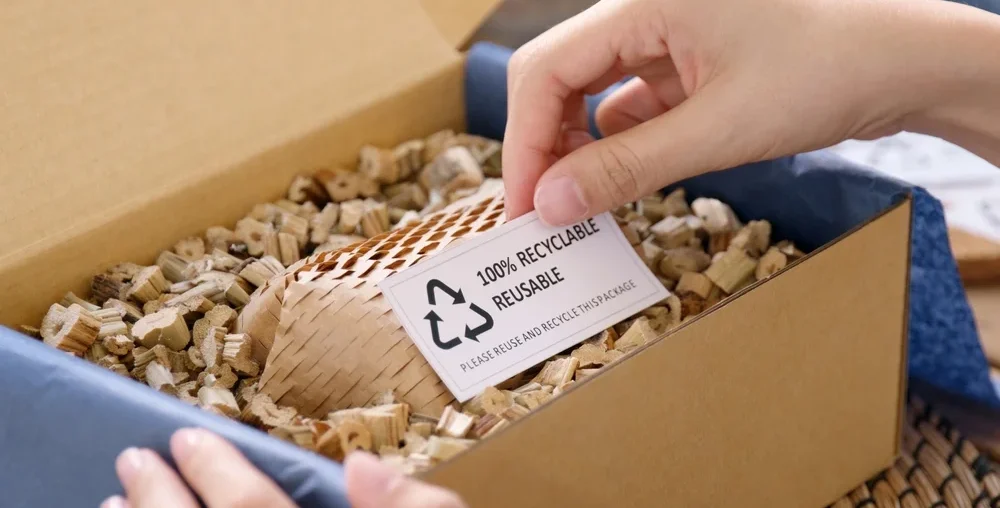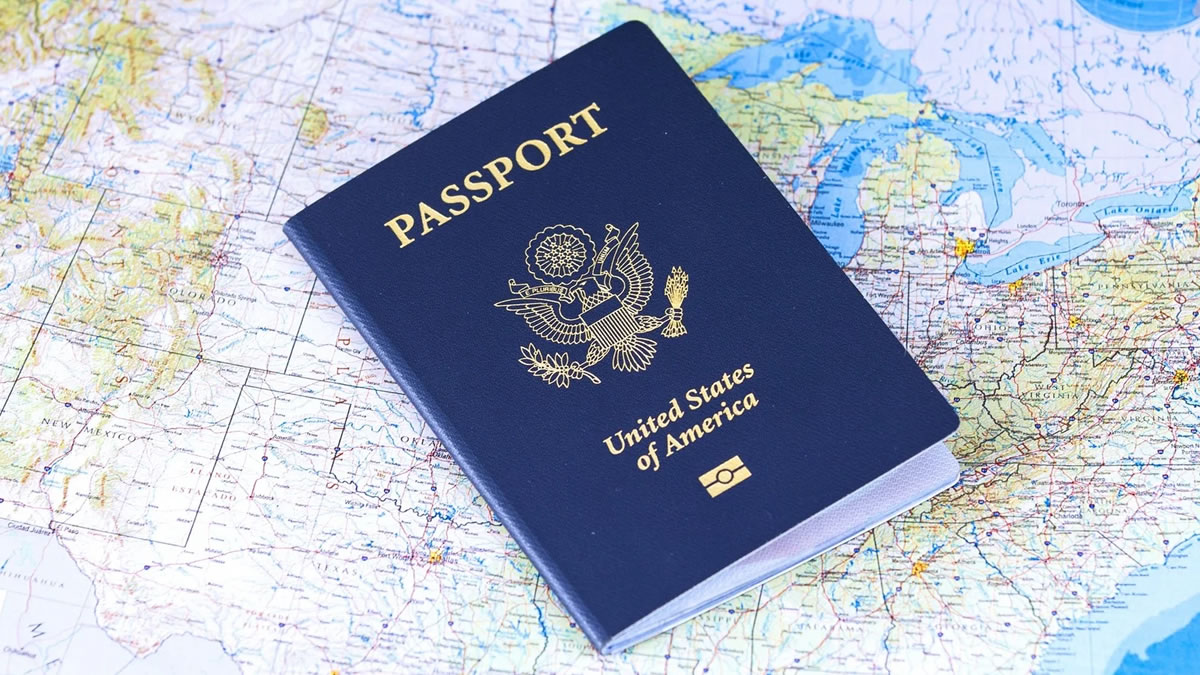Shipping costs are a significant consideration for businesses, and selecting the right boxes can greatly impact your bottom line. By optimizing box selection, you can reduce costs, minimize waste, and enhance customer satisfaction. This guide explores effective strategies to optimize shipping costs while maintaining the quality and integrity of your packaging.
1. Choose the Right Box Size
Why It Matters:
The size of your shipping box directly affects dimensional weight (DIM) pricing, a common cost factor used by shipping carriers. Oversized boxes can lead to unnecessary charges.
Tips for Optimization:
- Measure Your Products: Use custom product boxes that closely match the size of your items.
- Standardized Sizes: Opt for standard box sizes to reduce manufacturing costs and fit within carrier guidelines.
- Multi-Depth Boxes: Use adjustable-height boxes for versatility and to avoid overpacking.
Key Insight:
A snug fit reduces the need for excess void fill, lowering material costs and improving sustainability.
2. Select Lightweight Materials
Why It Matters:
Shipping carriers often charge based on the weight of your package. Lightweight materials can significantly reduce shipping fees.
Recommended Materials:
- Corrugated Cardboard: Durable yet lightweight, ideal for various product types.
- Poly Mailers: Best for non-fragile items like clothing or soft goods.
- Kraft Paper Boxes: Lightweight and eco-friendly for brands focusing on sustainability.
Key Insight:
Balance weight reduction with the strength required to protect your products during transit.
3. Opt for Flat-Rate Shipping Boxes
Why It Matters:
Flat-rate boxes provided by shipping carriers can simplify cost calculations and save money for heavy or compact items.
Benefits:
- Predictable Costs: Flat-rate options eliminate variability in pricing.
- Available in Various Sizes: Choose the size that fits your product for efficient shipping.
- No Additional Fees: Often include free delivery to your location by the carrier.
Key Insight:
Flat-rate boxes are particularly beneficial for long-distance shipments of dense products.
4. Prioritize Durability and Protection
Why It Matters:
Damaged products result in additional costs from returns, replacements, and potential customer dissatisfaction.
How to Achieve It:
- Reinforced Boxes: Use double-wall or heavy-duty options for fragile items.
- Protective Inserts: Add cushioning materials like foam, bubble wrap, or molded inserts.
- Water-Resistant Coating: Protect boxes from moisture during transit.
Key Insight:
Investing in protective materials can save costs in the long run by reducing damage-related losses.
5. Implement Sustainable Practices
Why It Matters:
Sustainable packaging appeals to environmentally conscious customers and often leads to long-term cost savings.
Sustainable Strategies:
- Recycled Materials: Opt for boxes made from recycled content to lower material costs.
- Right-Sizing Technology: Use software to calculate the ideal box dimensions for your products.
- Biodegradable Fillers: Replace traditional packing peanuts with eco-friendly alternatives.
Key Insight:
Sustainability not only cuts costs but also enhances your brand’s reputation.
6. Leverage Bulk Purchasing
Why It Matters:
Buying shipping boxes in bulk often reduces the cost per unit and ensures you have a consistent supply.
How to Maximize Savings:
- Negotiate with Suppliers: Secure discounts for high-volume orders.
- Stock Common Sizes: Focus on the sizes you frequently use to avoid overstocking unusual dimensions.
- Centralized Storage: Organize bulk boxes efficiently to reduce handling time.
Key Insight:
Bulk purchasing is most effective when paired with accurate forecasting of shipping needs.
7. Test Packaging Configurations
Why It Matters:
Experimenting with box types and configurations helps identify the most cost-effective solutions.
Steps to Test:
- Load Testing: Ensure boxes can withstand stacking and transit stress.
- Void Fill Efficiency: Minimize filler without compromising product safety.
- Shipping Simulations: Test different box sizes and weights under real-world conditions.
Key Insight:
Continual testing and refinement of packaging strategies keep your costs optimized over time.
8. Use Shipping Software for Optimization
Why It Matters:
Technology can streamline the selection of shipping boxes and carriers based on cost efficiency.
Features to Look For:
- Box Size Recommendations: Automatically suggests the most economical box size.
- Carrier Rate Comparisons: Provides real-time pricing for different shipping options.
- Inventory Tracking: Helps manage box stock levels to avoid shortages or overstock.
Key Insight:
Investing in shipping software enhances decision-making and reduces human error.
Conclusion
Optimizing shipping costs begins with thoughtful box selection. By choosing the right size, material, and design while incorporating sustainable practices and leveraging technology, you can reduce expenses and improve operational efficiency. These strategies not only benefit your bottom line but also enhance customer satisfaction through better ecommerce shipping boxes and delivery experiences.


